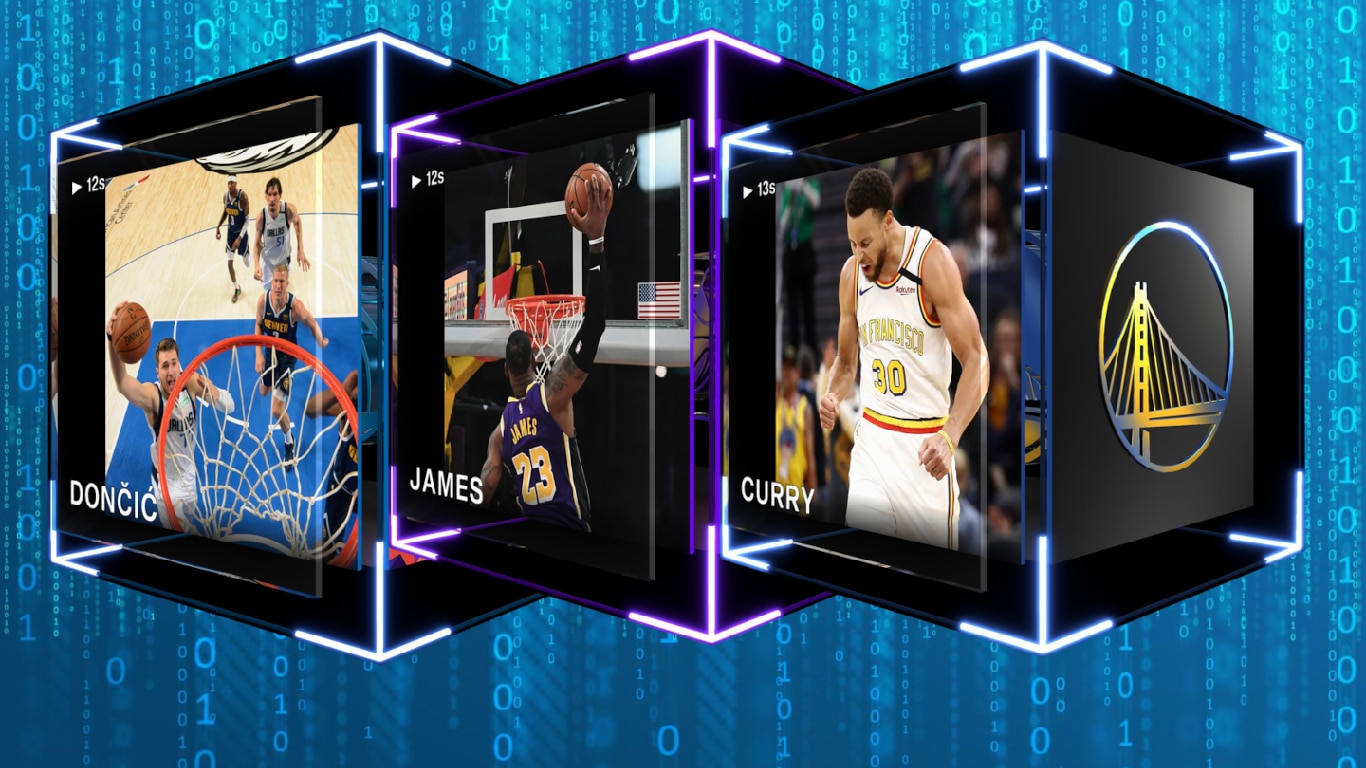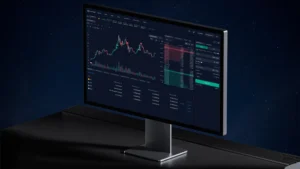What is an NFT? By now, you’ve likely asked yourself this very question after encountering the acronym for non-fungible token in every corner of internet, accompanied by eye-watering dollar figures. Well, here’s the long-short of it: NFTs are to collectibles what Bitcoin (in its infancy) was to currency – an emerging crypto counterpart to an otherwise established aspect of life.
With sales amounting to over $2 billion in the first three months of 2021 alone – representing a surge in the way of 2,100% from the last quarter of 2020 – the NFT fad has well and truly cemented itself as one of the hottest blockchain trends this year. But despite this, numerous questions have been raised regarding the lifespan and longevity of NFTs in mainstream culture, as well as the intrinsic value of all things virtual.
What is a non-fungible token?

Essentially, each NFT is unique on a blockchain and not readily interchangeable. Bitcoin is “fungible” in the sense that one Bitcoin is worth the same as another and can be traded as such, whereas the value of an NFT is ascribed to it by whoever is buying it.
When purchasing an NFT, you are essentially getting an exclusive collectable that exists digitally. Of course, you may be wondering how anything could be exclusive digitally in a world of rampant piracy. Fair question. While everyone else can consume the art that you technically “own”, you have a digital certificate and code that validates possession.
It’s important to note, however, that owning an NFT does not give you ownership of the original intellectual property. Think of it as collecting trading cards… only everyone else can see it as much as you do, and you need an exclusive certificate just to prove that it’s yours.
RELATED: Bitcoin Price Soars To All-Time High Ahead Of Coinbase Listing
What kind of stuff sells as an NFT?
As of now, it seems that anything that exists virtually is eligible for NFT status. Twitter co-founder and CEO Jack Dorsey sold his first tweet as an NFT for upwards of $3 million.
The NBA has also found a lot of popularity with their NBA Top Shot, wherein sports highlights are optioned as digital collectibles; to date, they’ve exceeded $25 million in sales. William Shatner sold out a collection of trading cards related to his life (including an X-Ray of his teeth), and decade-old meme Nyan Cat also sold as one earlier this year.
When Grimes can sell a 50-second video for $50,000 and Mike Winkelman (also known as digital artist Beeple) can sling a digital collectible for $8.5 million, it’s hard to not consider NFTs the natural evolution of collecting fine art, and by extension, investing as a whole.
RELATED: Signed Jay-Z Trading Card Breaks Auction Records, Selling For Over $100,000
Is it worth getting into non-fungible tokens?
In all honesty, it depends who’s asking.
From the perspective of a collector, while a key benefit is that your item can’t be damaged or stolen, losing an asset worth millions because of a forgotten password is hardly preferable. It’s also hard to know if the current interest in a speculative asset is a fad, or as previously stated, the logical progression of an ever-increasing digital world.
That being said, Beeple recently auctioned off an NFT at Christie’s for $88.8 million, which is approximately $20 million more than what Monet’s Nymphéas sold for in 2014. The future of art may very well lie beyond the physical.












![Are You Still Watching Soon You Won't Have A Choice [Netflix x Warner Bros]](https://www.bosshunting.com.au/wp-content/uploads/2025/12/Are-You-Still-Watching-Soon-You-Wont-Have-A-Choice-Netflix-x-Warner-Bros-300x169.jpg)
![This Ex-Ballerina Just Became The Youngest Self-Made Female Billionaire [Kalshi Luana Lopes Lara Net Worth]](https://www.bosshunting.com.au/wp-content/uploads/2025/12/This-Ex-Ballerina-Just-Became-The-Youngest-Self-Made-Female-Billionaire-300x169.jpg)


